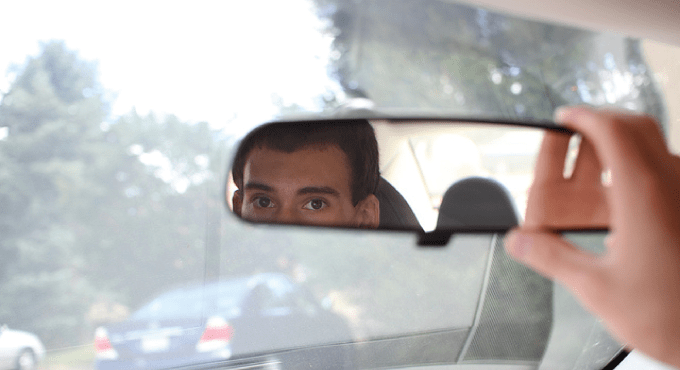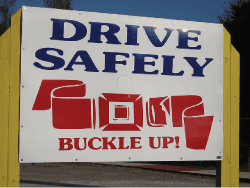
Why Experience is Not Always an Asset
Remember when you first got your driver's license? It was an exciting time, but you were probably extra cautious and obeyed all the rules… at least in the beginning. Never running a yellow. Never exceeding speed limits. Doing your shoulder checks.
Do you still do all of that? Probably not. Do you think someone who drives for a living is any different? If you do, you could be opening the doors to safety risks, especially as someone who manages career drivers. You might think that career drivers are professionals at what they do. They are, but that doesn't make them any less likely to be negligent on the job than a person in any other profession.
As a fleet manager or someone who manages people who drive as part of their jobs, you want to know you can rely on the professionalism of your team, but you should also be aware that bad habits can pop up anywhere. And bad habits forming around the operation of a potentially deadly piece of machinery can be extremely costly and dangerous, not only to the driver, but to your organization as a whole when you consider the cost of absenteeism and insurance. In fact, the US Department of Labor reports that the average crash costs an employer $16,500. That number escalates significantly when the worker is injured or there's a fatality.
Recognizing Dangerous Habits


What are the most dangerous driving habits and how can you recognize them in a career driver? These habits may be subconscious or conscious. A subconscious habit would be forgetting to check a blind spot or backing up without looking, and a conscious habit would be speeding or talking on a cell phone while driving. Conscious habits are a little easier to detect because they're the most obvious. They're also the most dangerous.
Speeding, for example, is the second leading cause of traffic fatalities after drunk driving, so it's definitely one you want to look out for. How can you tell if your drivers are getting into the dangerous habit of speeding? It can be as simple as monitoring the duration of a trip–is it being completed much faster than normal? How do travel times between drivers compare? Don’t forget to consider things like time of day, traffic and driving conditions.
Reckless driving in general is also something to look out for. Weaving, excessive passing, abrupt braking, and even driving too slow in the fast lane are all dangerous habits that can cause crashes. How can you monitor this? A simple "How's my driving?" sticker with a phone number to report erratic behaviour can't hurt your cause. In fact, just having it on their vehicle might be enough to curb your driver's bad habits.
It's difficult to monitor driving habits, especially when you don't want to go all 'big brother' on your fleet by installing cameras in their vehicles. Taxi companies do it as a measure of protection for passengers and drivers, so perhaps it's not all that far fetched.
Aside from taking steps to monitor the habits of your fleet drivers, regular driving skill refresher courses, tests and driver safety programs are great for reversing bad habits, preventing accidents and reducing the high costs of bad driving.











